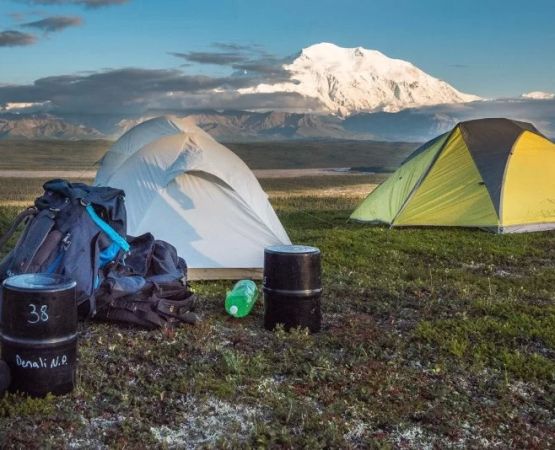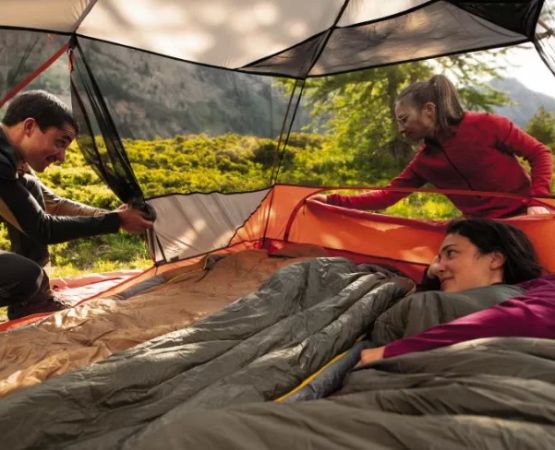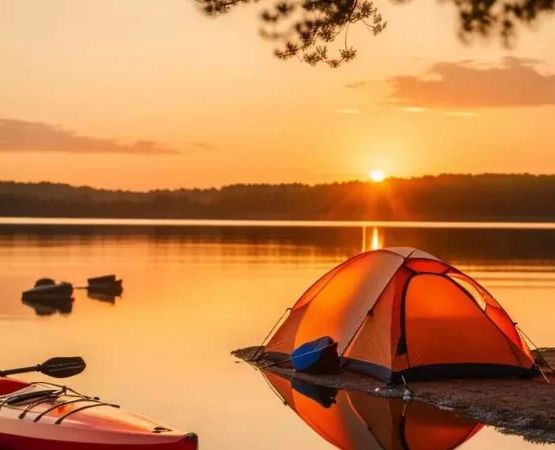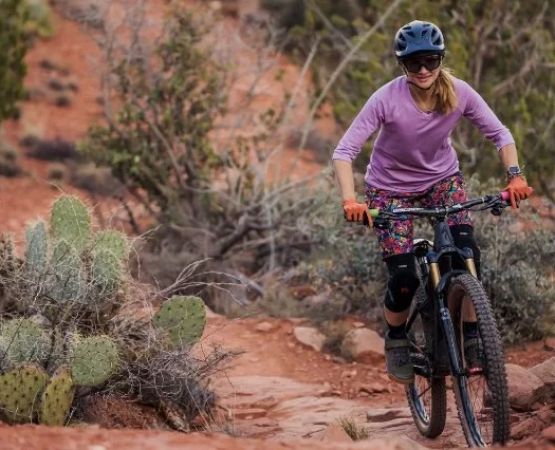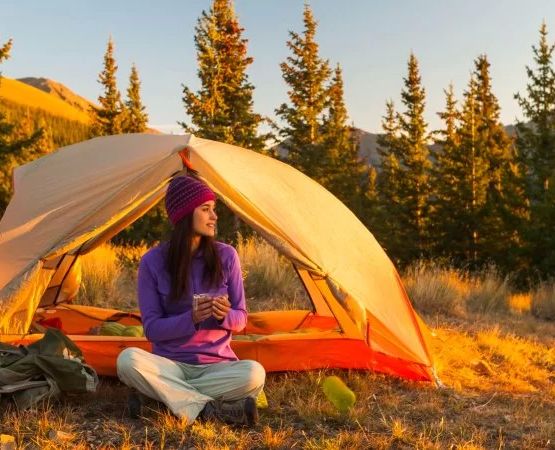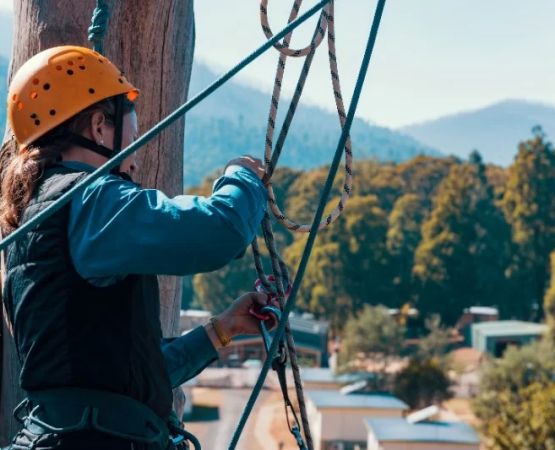- understanding-camping-cookware-materials
- aluminum-lightweight-and-affordable
- stainless-steel-durable-and-reliable
- titanium-ultralight-and-high-performance
- non-stick-coatings-easy-clean-up
- real-camper-experiences-and-recommendations
1. Understanding Camping Cookware Materials
Choosing the right camping cookware material can mean the difference between a seamless outdoor feast and a frustrating cooking session. Whether you're a seasoned backpacker or a weekend camper, your gear needs to match your needs—weight, durability, heat retention, and ease of cleaning all come into play. With so many cookware options on the market, it's essential to understand the pros and cons of each material before you head into the wilderness.
2. Aluminum: Lightweight and Affordable
2.1 Why Aluminum Is a Camper Favorite
Aluminum cookware is among the most popular choices for casual campers. It heats up quickly and evenly, making it perfect for boiling water or cooking pasta after a long hike. The best part? It's incredibly lightweight and budget-friendly, ideal for families or beginners testing out their gear.
2.2 Downsides to Consider
Uncoated aluminum can react with acidic foods like tomatoes or vinegar, which might affect the taste and cause pitting over time. Some aluminum cookware comes with a hard-anodized finish to prevent these issues, offering better durability and a non-reactive surface.
2.3 Real Use Case
On a weekend trip to Pine Cliff Resort, a family of four used a basic aluminum cook set to make oatmeal and scrambled eggs over a small propane stove. They praised the speed of heating but admitted cleanup was trickier than expected due to burnt-on residue. Their takeaway? “Great for short trips, but bring non-stick spray or upgrade to anodized next time.”
3. Stainless Steel: Durable and Reliable
3.1 Built to Last
If you're looking for cookware that can handle rough terrain and years of use, stainless steel is the way to go. It doesn't warp easily, can be scrubbed hard without damage, and holds up well under direct flame or uneven heat from a campfire.
3.2 Heavier, But Worth It
Compared to aluminum or titanium, stainless steel is heavier—making it less ideal for ultralight backpacking. But for car camping or RV adventures, its resilience is unmatched. It's also non-reactive, meaning you can cook just about anything without flavor transfer or discoloration.
3.3 Camper Insights
During a 5-day trip through the Sierra Nevada, a group of friends used a stainless steel pot set for everything from chili to baked beans. While they had to soak it overnight to remove scorch marks, they appreciated the confidence it gave them when cooking over open flame. As one camper put it: “You can drop it, burn it, and it still works like new.”
4. Titanium: Ultralight and High-Performance
4.1 Ideal for Minimalists
For serious backpackers and solo hikers, titanium cookware is the gold standard. It’s incredibly strong yet weighs significantly less than stainless steel. It also resists corrosion and can go straight into the fire.
4.2 Fast Heating, Fast Cooling
The downside? Titanium heats up fast but doesn't retain heat well, which can lead to hot spots and uneven cooking. It’s better suited for simple meals—boiling water, rehydrating freeze-dried meals, or warming soups.
4.3 Real-World Use
Emma, a thru-hiker tackling the Pacific Crest Trail, swore by her single titanium pot. “It was the only thing I carried to cook with, and I used it daily for six months. It looked beat up by the end, but never failed me.” Her only complaint was having to eat quickly before the food cooled off.
5. Non-Stick Coatings: Easy Clean-Up
5.1 Great for Beginners and Families
Non-stick cookware—often aluminum or steel with a ceramic or PTFE coating—is a favorite for those who value convenience. Eggs slide out, pancakes flip easily, and cleanup is as simple as a quick wipe with a cloth. This makes it especially popular with families or group campers cooking multiple meals a day.
5.2 Handle with Care
Non-stick coatings are delicate. Metal utensils or abrasive sponges can damage the surface, and high heat can cause flaking. If you choose non-stick for your trip, bring silicone or wooden tools and avoid direct flames.
5.3 Use Case at Pine Cliff Resort
During a summer retreat at Pine Cliff Resort, a couple used a non-stick skillet to prepare breakfast burritos for their group of six. Despite using just a single camp stove, everything cooked perfectly—and cleanup took under five minutes. Their only regret was leaving the plastic spatula behind, which led to minor scratches on the pan.
6. Real Camper Experiences and Recommendations
6.1 Matching Material to Your Camping Style
If you’re heading into the backcountry for days on foot, titanium may be worth the investment for weight savings. For families or casual campers with vehicle access, stainless steel or non-stick sets offer durability and ease. Aluminum serves well as a starter choice or lightweight option if you don’t mind a little extra care.
6.2 Choosing the Right Mix
Many experienced campers don’t rely on just one material. You might pack a titanium mug for coffee, a non-stick frying pan for breakfast, and a stainless steel pot for evening stews. Building your own custom kit can ensure you’re always ready—no matter what you plan to cook.
6.3 Expert Tip
Don’t forget to test your cookware before your trip. Practice cooking a full meal outdoors—even in your backyard. This helps you understand heat levels, portion sizes, and cleaning needs. And when in doubt, you can always find the best-reviewed gear and practical advice through trusted outdoor providers like Pine Cliff Resort.


